FEATURES
| Class: Mammals Size: They can reach up to 2.8 metres in length and can weigh over 300 kg. Color: Their body is covered with grey or brown hair on the back and light grey on the abdomen. Behavior: They are solitary animals, sensitive to disturbance, so they prefer secluded caves and beaches to rest and breed. Diet: They feed mainly on cephalopods (octopus, squid, cuttlefish) and fish. |
The Mediterranean seal Monachus monachus, also known as the monk seal, owes its name to the characteristic folds on its neck, reminiscent of the robes of the monks.
While in the past it could be found on all coasts in the Mediterranean, Black Sea and Eastern Atlantic, today it survives in 3 populations in the Eastern and Western Mediterranean, in the Madeira archipelago and in the Cabo Blanco region in the northeastern Atlantic Ocean.
Although seals spend most of their lives swimming, they need the terrestrial element, emerging mainly in isolated coastal caves and shores where they rest for long periods of time. They give birth and safely nurture their pups within the caves and along the shores.
They mate in the water; gestation lasts up to 10 months and lactation 3-4 months.
Seals are very good swimmers and divers and can dive to depths of more than 200 metres from the very first months of their lives. The Mediterranean seal can live up to 30 years.
Among the main threats the species faces are the loss/destruction and degradation of their habitats due to increasing human activity in coastal areas. Touristic development and increased human presence on the coast are leading to the alteration of coastal ecosystems and consequently to the reduction of available habitats (sea caves) for the species.
According to the Department of Fisheries and Marine Research, 20 to 22 individuals are estimated to live in Cyprus, out of an estimated 700 individuals worldwide.
It is one of the rarest and most endangered mammals on the planet.
At European level it is classified by the International Union for Conservation of Nature (IUCN) as Critically Endangered.
📸 Click: Markos Charalambides




